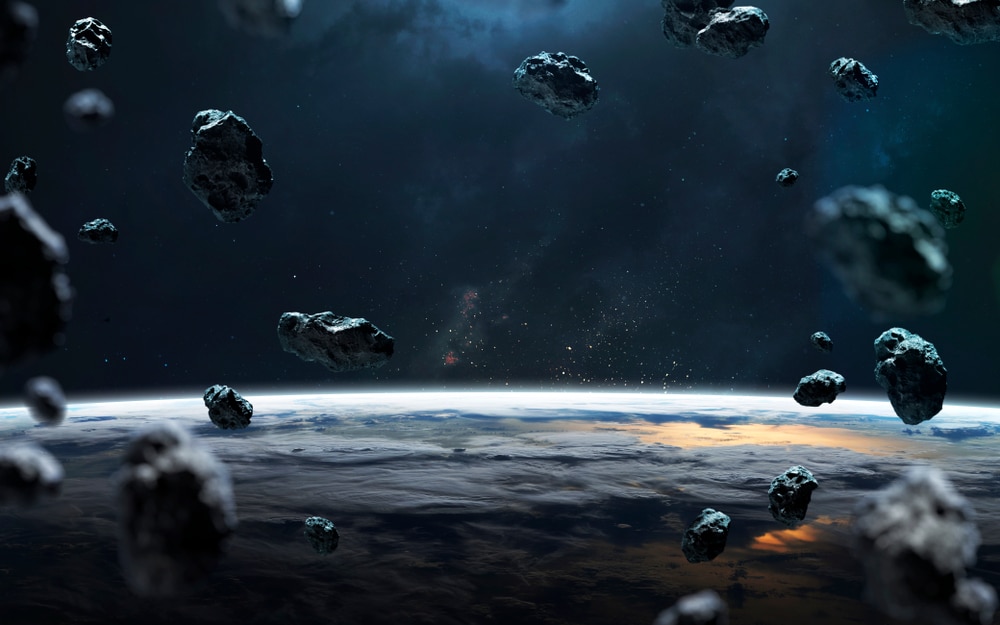Scientists recently estimated that one of two metallic asteroids flying around Earth could contain precious metals (gold, platinum, iridium, osmium, ruthenium, rhodium and palladium) worth about $ 11.65 trillion. This expensive nugget can carry more iron, nickel and cobalt (31.4 billion tons) than all of our world’s reserves of these metals.
Called Metal-rich near-Earth asteroids, these rare and large mineral deposits are several kilometers in size. One of them, considered the main source of metals, is labeled 1986 DA, the other is 2016 ED85.
The duo “could be a possible target for future asteroid mining,” according to a new analysis published Oct. 1 in The Planetary Science Journal.
Space mining has gained popularity in the scientific community because experts believe it could provide cost-effective metals for colonies on the Moon or Mars, and ultimately expand humanity’s ability to explore space. With a space mine, building materials will not need to be delivered by expensive flights from Earth to space.
In addition, the authors speculate that these unique flying balls could shed much-needed light on the authenticity of another metal treasure that NASA is heading towards in 2022 – a mysterious radiant cosmic ball known as (16) Psyche.
Psyche attracts space mining enthusiasts.
Instead of trees, oceans, or patches of land, this bizarre body is believed to be composed of hills and valleys made of pure metal. Scientists claim that this is the remaining core of an ancient rocky planet that was once destroyed. Interestingly, the Earth’s core looks awfully similar.
Aptly named “mini-Psychees,” the valuable smaller asteroids described in the new study are believed to be splinters from a similarly exposed center, although the research team notes they do not think these fragments are related to Psyche.
Nevertheless, Psyche has become a rather hot topic of discussion among scientists and even the public (and on Habré – translator’s note) – it is assumed that it contains minerals worth 10,000 quadrillion dollars.
However, the exorbitant figure has raised serious doubts, because scientists cannot be sure of what Psyche is made of until it is examined by a spacecraft. It is too far away for accurate spectral analysis, a scientific method that uses the emission and absorption of electromagnetic signals to study the composition of objects.
Until such research is done, which is what NASA’s mission intends to accomplish, researchers should consider Psyche to be just a bunch of rubbish.
This is what makes the Mini-Psyche data irreplaceable – it can give you a first glimpse of the traits of your namesake. The proximity to our home planet allows scientists to obtain spectral information about these stones from Earth.
“It’s great that we found these mini-Psychos so close to Earth,” said Vishnu Reddy, assistant professor at the University of Arizona’s Lunar and Planetary Laboratory and top NASA grant recipient who funded the work.
Sifting through the collected data, the researchers found that these asteroids are 85% composed of metals such as iron and nickel, and only 15% silicate, which is mostly common rock.
As such, some of the ambiguity about Psyche may soon be cleared up by small versions of her, including whether she will be added to the treasure list for future space miners.
That said, while the trio of metal debris definitely hints at our sci-fi space mining fantasies gradually coming closer to reality, one thing is certain: they are pretty tough nuts.








